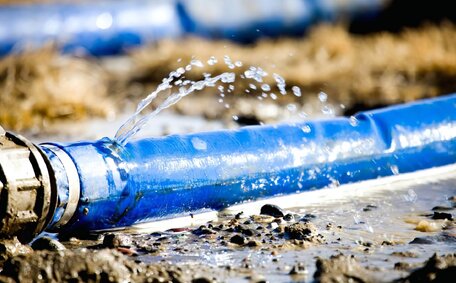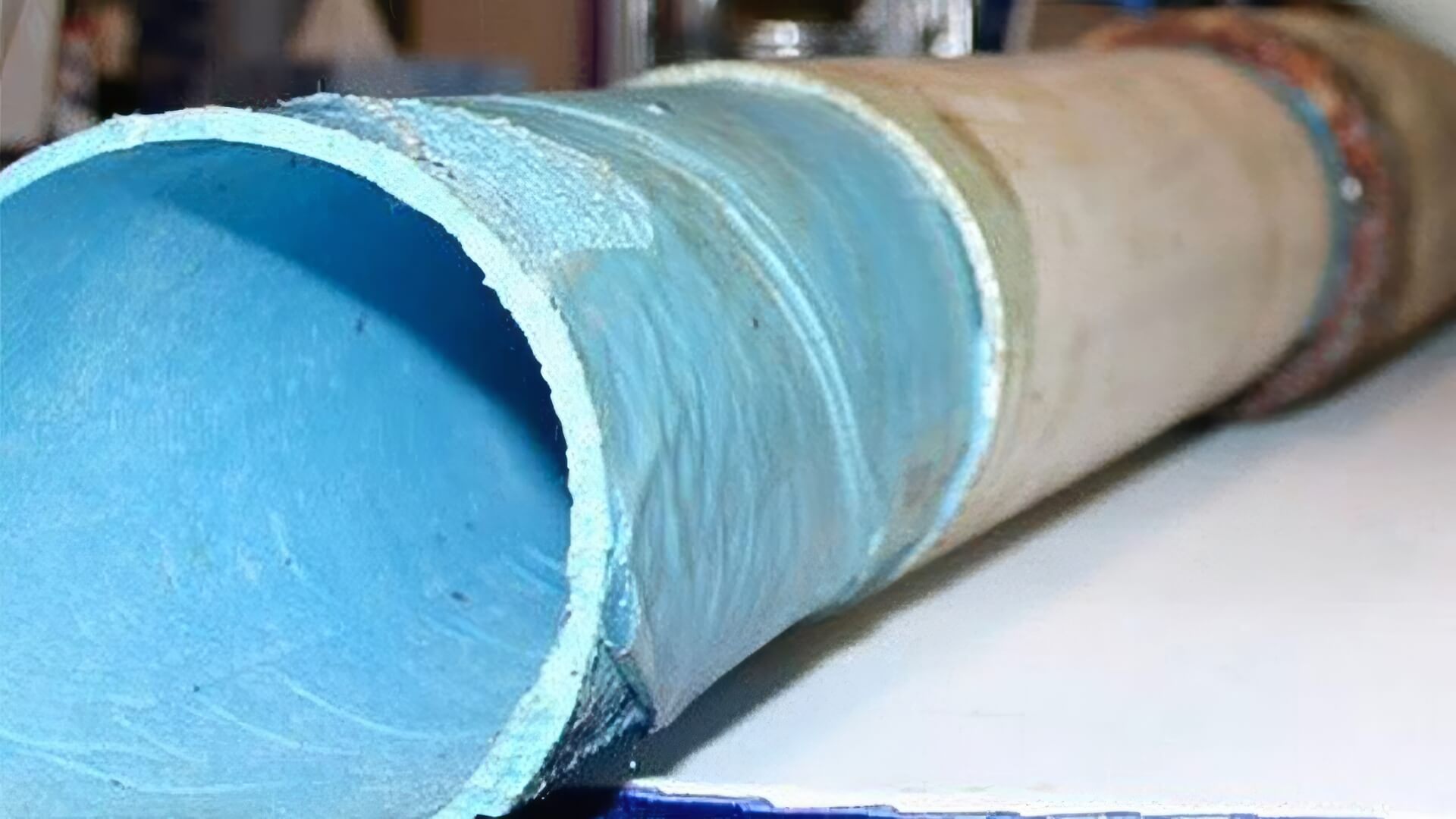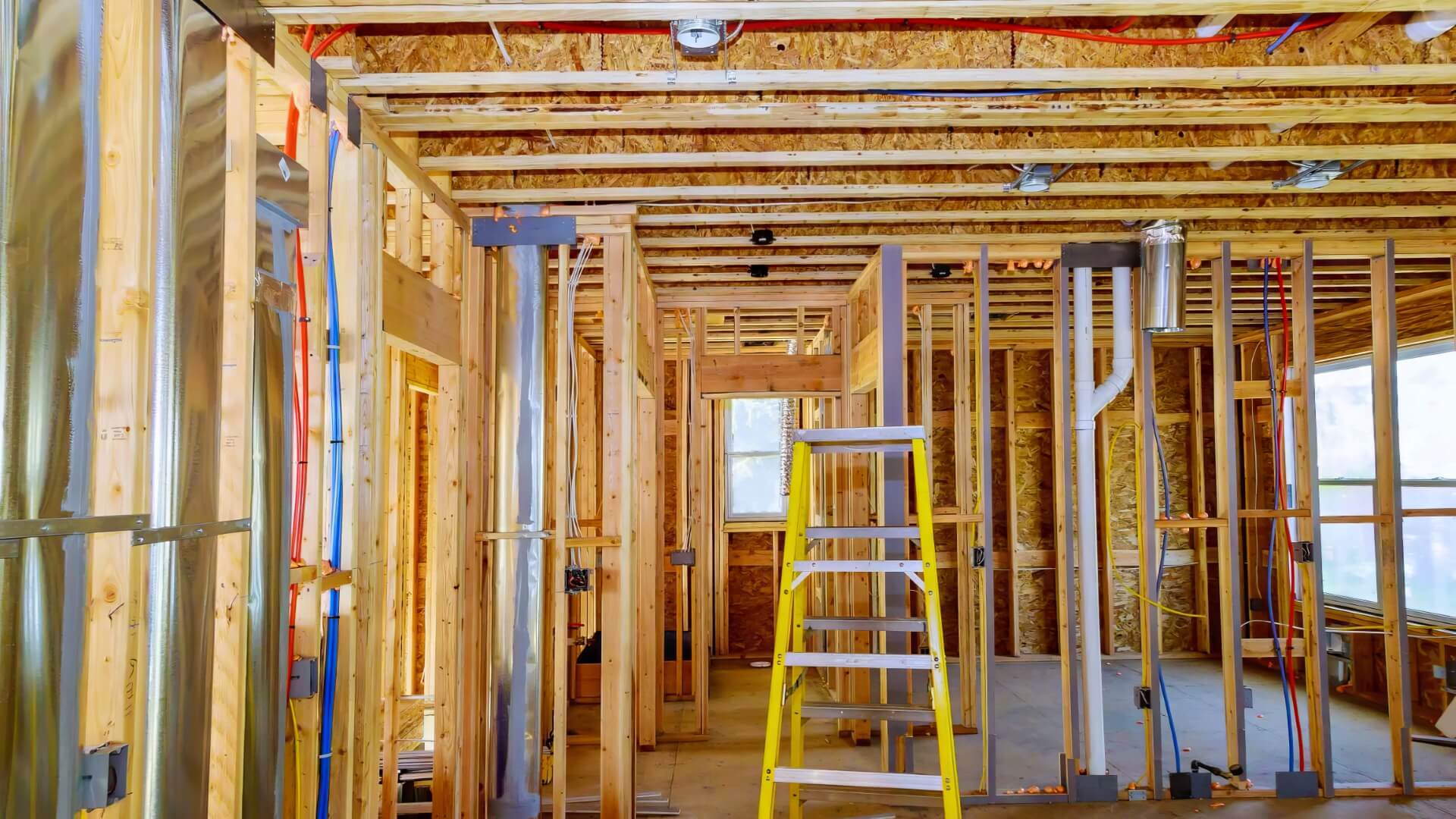What is pipe relining and why is it needed?
Pipe lining is a trenchless technique for mending impaired underground pipes without the chaos of excavation. This procedure, acknowledged by insurance policies for its cost-effectiveness, places a resin-impregnated liner into the old pipe, which then cures to create a new inner surface.
Pipe relining is typically necessary when pipes exhibit cracks, leaks, root encroachment or partial blockages. It saves time, money, and potentially can cover costs under insurance compared to traditional pipe replacement methods because there is no need to excavate.
Additionally, pipe relining restores flow and prevents deterioration, which homeowners insurance may cover to reduce the risk of full pipe collapse or future blockages.
Our services cater to a variety of plumbing problems in Sydney, from blocked drains to severe root intrusion, with tailored solutions for each. We use advanced Cured-in-place pipe (CIPP) technology to reline pipes ranging from 32mm to 300mm in diameter, offering homeowners a modern solution. Our pipe relining service repairs pipes with minimal disruption to your home and garden.
Conducting regular preventative maintenance and understanding your homeowners insurance policy can reduce the risk of severe pipe damage. However, when problems arise, pipe relining offers quick, efficient repairs without the extensive disruption of full line replacements.
When pipe relining expenses may be covered by insurance
In certain scenarios, homeowners might wonder what is covered when it comes to the financial impact of pipe relining, particularly for unexpected or accidental damage. Insurance coverage for pipe relining varies greatly among policies, with companies offering different terms and levels of protection.
Typical home policies specify if dwelling coverage includes water damage from sudden events like burst pipes or appliance malfunctions. Home insurance may cover reparative procedures like trenchless pipe relining if major leaks or flooding arise from severe pipe corrosion or blockages.
However, gradual water damage and resulting blocked drains are often excluded, as policies usually don’t cover issues from wear and tear or poor maintenance. Damage caused by tree roots, ground shifting, improper installation or gradual leaks may not be included if deemed preventable by consistent plumbing system upkeep.
Balmain Plumbing helps owners navigate their home’s insurance policy, especially pipe-related coverage specifics.
Endorsements like loss of use coverage may lead to higher premiums when facing imminent repair expenses, but can be justified for significant plumbing issues.
Meticulous maintenance and knowledge of your homeowners insurance coverage enables quick detection of potential problems and minimises their impact. Nevertheless, for unforeseen pipe mishaps, your insurance policy covers potential outlays for treatments like pipe relining, subject to particular terms.
Requirements for coverage
Pipe relining costs arising from sudden accidents may be covered by insurance, in contrast to expenses tied to gradual deterioration. Sudden incidents such as pipe bursts, appliance leaks, or storm-induced water damage are normally covered.
It’s crucial to review your coverage and comply with policy provisions. A detailed insurance claim complemented by photos of the sudden water damage strengthens your case. Maintaining comprehensive records of your plumbing system inspections and upkeep can also show proactive measures to prevent problems.
Insurers may reject claims if they consider physical damage from neglect, poor installation, or tree root invasion to have been preventable. Damage to your home from recurrent minor leaks in wet areas lacking a waterproof membrane may also be excluded.
Examine your policy’s fine print and exclusions carefully, even if your claim seems clear-cut. Speak with your insurer to understand coverage in different pipe relining situations, avoiding assumptions. Understanding the nuances in your policy can significantly affect the chances of claim approval for major pipe damage should it be covered by your insurance.
Types of endorsements or riders that extend coverage
Does your policy need an upgrade? Homeowners can secure additional endorsements or "riders" to ensure their home insurance cover additional scenarios after consulting with their insurance company, especially for specific situations such as pipe relining.
Endorsements for sewer damage and drain backup provide homeowners peace of mind against unexpected water damage from underground pipes. This addresses scenarios where, then, insurance may provide cover for sewer line replacement due to backups caused by tree roots, ground shifting, or pipe deterioration over time.
Insurance provisions such as loss of use coverage or rental reimbursement can shield you from costs if service line repairs displace residents. These provisions can help with living expenses beyond a few hours while sewer repairs are performed.
"Water leak detection" endorsements may cover installed leak detection systems that catch pipe leaks early before extensive damage occurs. This preventative rider encourages proactive maintenance of plumbing to be carried out.
Policyholders ought to discuss property coverage, insurance costs, and plumbing-related endorsement options with their insurer. It’s wise to weigh up the extra premium cost for wider coverage, especially when accidental pipe damage necessitates pipe relining.
Cases when insurance is less likely to cover pipe relining costs
There are some common scenarios where home insurance may not cover the cost of pipe relining:
- Gradual wear and tear over time - Damage from corrosion, small leaks, or deterioration due to age won’t be covered.
- Poor maintenance - Insurers may deny claims if pipe issues could have been prevented with appropriate care.
- Negligence and improper installation - Self-caused damage or issues stemming from poor installation often aren’t covered.
- Pre-existing conditions - Some policies may exclude known pipe problems present before starting a policy.
- Root intrusion - Damage from invasive tree roots growing into pipes usually isn’t covered.
- Ground shifting and earth movement - Gradual water pressure changes that cause line damage might not be eligible for reimbursement.
Homeowners should consult their insurance providers, since there’s no universal approach to the exclusions, limitations, and claims processes for pipe relining.
Alternatives if insurance does not cover pipe relining
If youve been informed that your home insurance does not cover the costs of pipe relining, there are a few other options to consider:
- Inquire with your plumber about financing plans or payment options to alleviate immediate financial stress.
- Check with your local council if there are any government rebates, grants or support schemes available. Check if there are local initiatives in Sydney aimed at assisting homeowners with plumbing repairs.
- Consider a personal loan or using your own savings if affordable. Compare rates from banks or credit unions.
- Sell unwanted household items to put funds towards pipe relining. Every bit helps in saving for vital plumbing work.
- As a last resort, request leniency on delaying full payments from companies like ours until you can gather funds. Any progress is better than further deterioration of pipe problems.
We strive to provide solutions to restore plumbing without stressing your budget, even if unplanned pipe relining isn’t covered.
Preventative plumbing maintenance homeowners can do
There are several preventative plumbing maintenance tasks that homeowners can regularly perform to help avoid expensive issues down the road:
Inspections
- Check your water meter, all fixtures, faucets, and exposed pipes for any leaking pipes, drips or corrosion you can see.
- Investigate spaces under sinks for signs water damage or mould has occurred, which might necessitate leaks covered under your insurance to maintain the integrity of your water supply system.
- Ensure overflow holes are clear and functioning in sinks, tubs, and main drains.
Drain Maintenance
- Flush drains weekly by running hot water for 30 seconds to clear grease and debris buildup.
- Clean sink strainers and tub drain covers monthly.
- Utilize drain cleaners or plungers on your toilet and other uncomplicated clogs, which could prevent issues that require additional procedures like those that covers blocked drains.
Pipe Care
- Turn off and insulate pipes in unheated areas to prevent freezing, which can cause a blocked drain and pipe bursts in winter.
- Trim invasive tree roots that can cause damage to water pipes if they’re encroaching on exterior pipe joints.
- Have your sewer line professionally inspected every 2-5 years to detect any potential issues early.
Detecting plumbing leaks and early signs of damage promptly can help prevent significant failures and damage to your property. Documenting preventative plumbing care also aids insurance claims if severe damage unexpectedly occurs despite best efforts.
Signs that pipe relining or other plumbing services are needed
There are several signs that indicate homeowners should consider pipe relining or seek other plumbing services:
Water Flow Issues
- Lowered water pressure which might signify burgeoning plumbing issues
- Discoloured or cloudy water
- Gurgling sounds from pipes
- Faucets sputter when turned on
- Complete loss of your hot water system
Visible Damage
- Issues with the integrity of your walls and floors, such as finding them cracked, warped or discoloured, potentially indicating underlying issues
- Sinkholes, depressions or soft spots in yard
- Exposed tree roots near pipes
- Rust stains or mineral deposits on fixtures
Drainage Problems
- Backed up or slowly draining sinks/tubs
- Gurgling drains
- Sewage odours indoors or outdoors
- Water pooling in the yard after rain
Addressing minor leaks promptly can typically forestall the emergence of a serious plumbing problem that would necessitate comprehensive pipe relining. But once you spot these warning signs, contacting a professional Sydney plumbing company like Balmain Plumbing is crucial to get piping issues evaluated and address problems before they worsen.
Working with insurance providers and agents when filing claims
Should your insurance cover pipe relining procedures, it’s imperative to grasp the claims process and maintain open communication with your insurer.
Documenting Damage
- Take photos and video evidence of the water leaks and the sudden water damage necessitating repairs.
- Gather any receipts for previous plumbing maintenance efforts.
- Get written quotes from companies like Balmain Plumbing detailing recommended fixes.
Prompt Communication
- Contact your insurance provider promptly after incidents that damage your piping systems.
- Explain how the damage was unexpected and catastrophic based on your regular maintenance.
- Respond quickly to all requests for additional documentation.
Understanding Policy Details
- Ask direct clarifying questions about coverage for your specific damage circumstances.
- Have your full policy manual on hand to reference exclusions and endorsements.
- Take detailed notes tracking all correspondence dates, persons, and discussion details.
Clear, speedy communication aids prompt claims processing. We advise reviewing policy specifics in depth and maintaining thorough documentation throughout the process when filing pipe relining claims.






